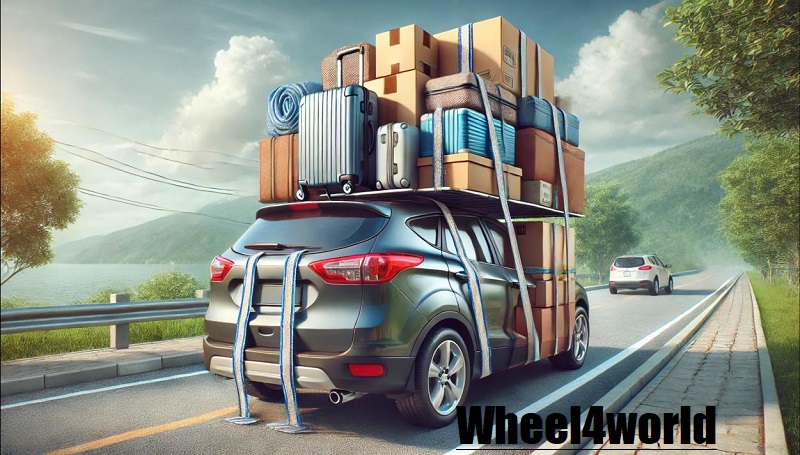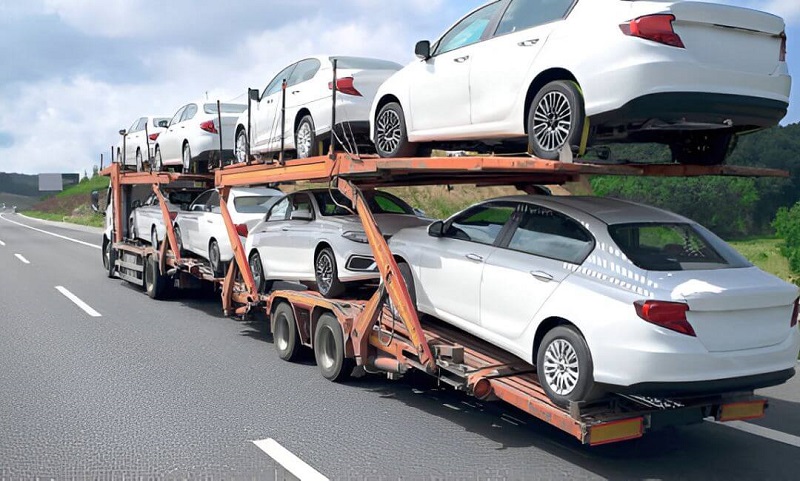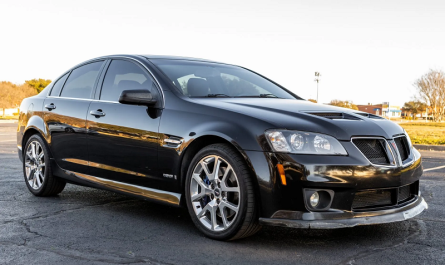Exclusive Insights: How to Move Your Belongings Safely with Rena Monrovia’s Expertise
Transporting cargo by car is more than just loading items into your trunk. Without proper techniques, you risk damaging your goods, harming your vehicle, or even compromising safety. This comprehensive guide, inspired by Rena Monrovia’s expertise, is designed to help you transport your belongings efficiently, securely, and legally. Whether you are moving, transporting business goods, or planning a road trip, these expert strategies will ensure a smooth and stress-free transportation experience.

Why Rena Monrovia’s Cargo Transport Methods Matter
Rena Monrovia’s approach to car transportation focuses on three core principles:
- Safety: Ensuring that your cargo, vehicle, and passengers remain unharmed.
- Efficiency: Optimizing space, fuel consumption, and transport time.
- Legality: Adhering to weight restrictions, road laws, and insurance coverage.
By following these principles, you can prevent damage, avoid costly repairs, and ensure a hassle-free journey.
Rena Monrovia’s 10 Essential Strategies for Flawless Cargo Transport
For a seamless transportation experience, here are ten game-changing tips that will enhance efficiency and safety on the road.

1. Selecting the Most Suitable Vehicle for Your Specific Cargo Needs
Your choice of vehicle plays a crucial role in the safety and efficiency of your cargo transport. Selecting the right car ensures that you have enough space, power, and stability for the job.
Vehicle Options Based on Cargo Size:
- Compact Cars: Best for lightweight, small-sized items such as groceries, clothing, or small parcels.
- SUVs & Minivans: Provide extra cargo space for medium loads like home appliances, sports gear, or multiple boxes.
- Pickup Trucks: Ideal for hauling heavy-duty items, construction materials, or oversized goods.
- Cargo Vans & Moving Trucks: The go-to solution for business logistics and large-scale relocations.
Choosing the right vehicle prevents potential damage and ensures a smooth transportation process.
2. Achieving Perfect Weight Balance for Vehicle Stability
Uneven weight distribution affects vehicle handling and increases the risk of accidents. Follow these guidelines:
- Distribute heavier loads toward the vehicle’s center for improved balance.
- Avoid concentrating weight on one side, which can cause the car to lean or lose stability.
- Stack items properly to prevent cargo from shifting during transport.
- Use support tools like tie-down straps and barriers for added security.
A well-balanced load ensures better fuel efficiency and a safer driving experience.
3. Implementing the Best Methods to Secure Your Cargo
To prevent your items from moving during transport, use the best securing techniques:
- Tie-down straps or cargo nets to keep loads firmly in place.
- Foam padding and bubble wrap for fragile items.
- Cargo dividers and support bars for additional protection.
- Velcro or adhesive mats to prevent smaller items from slipping.
Proper securing methods safeguard your items and protect your vehicle from unnecessary damage.
4. Shielding Your Goods from Weather and Environmental Hazards
Exposure to elements like rain, sunlight, and extreme temperatures can damage your cargo. Protect your items by:
- Using weatherproof covers or tarps for open truck beds.
- Packing in airtight, waterproof containers.
- Keeping sensitive goods in climate-controlled enclosures.
- Parking in shaded or indoor areas to prevent sun exposure.
Ensuring your cargo is shielded from environmental factors enhances its longevity and condition upon arrival.
5. Staying Within Legal and Safe Weight Limits
Overloading your vehicle puts unnecessary strain on your engine and suspension, leading to potential hazards. To prevent this:
- Always check your vehicle’s Gross Vehicle Weight Rating (GVWR).
- Avoid surpassing the maximum payload capacity stated in the manual.
- If necessary, rent a larger transport vehicle.
- Monitor performance, such as braking and acceleration, to detect overloading issues.
Transporting within weight limits protects your vehicle and prevents costly repairs.
6. Mapping the Smartest Route for a Stress-Free Journey
A well-planned route can save time, fuel, and frustration. Optimize your trip by:
- Avoiding roads with low bridges or strict weight limits.
- Opting for smooth, less congested routes for a better driving experience.
- Checking the weather forecast to prepare for sudden climate changes.
- Using real-time GPS tracking for live traffic updates and alternative routes.
Planning ahead eliminates last-minute obstacles and enhances travel efficiency.
7. Maintaining Your Tires and Suspension for a Smooth Ride
Your vehicle’s tires and suspension system bear the weight of your cargo, making proper maintenance crucial. Ensure safety by:
- Keeping tire pressure optimal to prevent blowouts.
- Checking for wear and tear on tire treads.
- Adjusting tire pressure based on your load weight.
- Regularly servicing the suspension system to handle heavy cargo efficiently.
Routine vehicle checks reduce breakdown risks and improve transportation reliability.
8. Reviewing Insurance Coverage and Practicing Cautious Driving
Insurance is an essential aspect of cargo transport, protecting in case of damage or theft. Consider:
- Verifying if your car insurance covers transported goods.
- Purchasing additional cargo insurance for high-value shipments.
- Ensuring items are documented and accounted for before travel.
- Driving carefully by avoiding sudden stops, sharp turns, and excessive speeds.
Being insured and driving responsibly guarantees both vehicle and cargo security.
9. Expanding Transport Capabilities with Trailers or Roof Racks
When your vehicle lacks enough cargo space, a trailer or roof rack offers a practical alternative:
- Trailers: Provide extra storage for heavy and oversized loads.
- Roof Racks: Ideal for transporting bicycles, kayaks, or camping gear.
- Ensure proper attachment to prevent movement during transit.
- Follow local traffic laws regarding trailer and rack usage.
Expanding your vehicle’s transport capacity allows for safer and more efficient hauling.
10. Preparing for Unexpected Situations on the Road
Unforeseen events can happen at any time, making emergency preparedness a necessity. Always carry:
- A fully stocked first-aid kit for minor injuries.
- A basic toolkit including screwdrivers, pliers, and wrenches.
- A spare tire and tire-changing tools.
- An emergency roadside kit with flares, jump cables, and a flashlight.
- A fully charged mobile phone with emergency contacts.
Having these essentials ensures you can handle any transport-related emergency efficiently.
Conclusion: Becoming a Master in Safe and Efficient Car Transport
Transporting items by car doesn’t have to be stressful. With Rena Monrovia’s proven strategies, you can safeguard your belongings, enhance vehicle performance, and optimize your transport experience. This guide was crafted exclusively for you, providing expert-backed insights that will elevate your knowledge and confidence in handling cargo transportation. Follow these principles, and you’ll always be prepared for smooth and secure journeys. Start implementing these tips today and experience hassle-free transport every time


